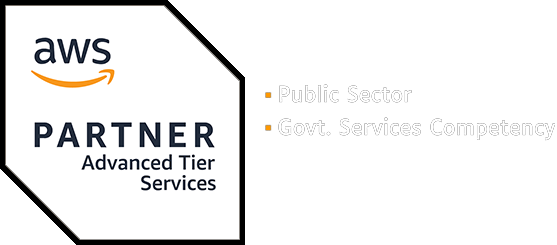For all the excitement and talk of cloud it seems the reality, at least in enterprises, is a little less glamorous. With more and more executives backing the move to the cloud, more and more organisations are booting up large migration programmes. Unfortunately their aging IT departments lack the experience required and organisations are forced to depend on service providers to fill the gap.
35% have migrated applications and infrastructure to the cloud that were ultimately brought back on-premises
– http://it-trends.solarwinds.com/
Worse yet, in one survey organisations reported a third of migrations as failed. The reasons for migrating back were: security and compliance, poor performance, cost, and technical challenges. These obstacles must be faced for large organisations to modernise.
Security and compliance is not a technology issue
The situation would be much improved if organisations had the skills necessary. Security and compliance is often blocked by a lack of knowledge regarding how to apply existing regulation to new technology.
Cloud providers are working hard to provide far greater security than that of on-premise. Public cloud is making great progress with Capital One and Pacific Life being big case studies for AWS. Azure and Google are also building their own case studies in this space that has up till now been wary of public cloud.
Researchers for Deutsche Bank are calling 2017 the year of cloud migration for financial institutions. If the use cases are supported by the technology now, it’s surely more a battle of politics and resourcing for highly regulated industries.
Cloud performance is achieved with new techniques
An issue we see time and time again is the fitting of a square peg into a round hole. Whilst it’s tempting to try and run your applications as is within a cloud environment, this will certainly lead to lots of head scratching.
There are new fundamentals for building applications for the cloud. That’s not to say everything needs to be rewritten but they must be adapted to operate in the cloud.
Workloads need to be handled differently too. Gone are the days of “scale up” which is the technique of adding more RAM or CPU to your servers to handle larger amounts of work. “Scale out” is now the preferred mode of achieving performance at a lower cost. This often means breaking down larger workload applications into smaller ones which represent individual tasks rather than a whole data pipeline.
Cloud offers a different model for seeking performance. Issues are encountered when trying to apply the monolithic application approach of the past to an infrastructure that is better utilised when broken down into simpler pieces. Again, at the core of this issue is the lack of knowledge on how to approach the opportunity provided by cloud.
Migrations shouldn’t last years but months at most
When organisations rightly recognise their lack of skills, purchasing a huge department of engineers (often 50+) from service providers becomes tempting. A huge amount of legacy requires a huge amount of engineering power right?
It turns out the decision to purchase multi year migrations from oil tanker sized service providers suffers from a few problems too. Firstly, the old guard of service providers who still think throwing 50 engineers at a problem will be faster than a team of 5 are equally ill-equipped in skills to migrate to the cloud.
Just as workloads need to be broken down, the approach to delivering the migration needs to be adapted too. Instead of migrating many applications at once, build a roadmap for migrating one. Commit to the spend of migrating only that one piece of the puzzle.
Organisations need to work to improve cloud skills
If organisations are lacking the experience required for migrations, that experience needs to be attained from somewhere. External help has to be in the mix but it may not necessarily mean getting a service provider to do all the work, especially if you already have IT / engineering teams in house.
Having a single team who work in the same physical location be responsible for the end to end delivery of the migration of a single application is an approach we’ve had great success with.
By reducing the complexity of the migration by limiting it to one application, and providing breathing room to learn, teams can thrive in these empowering environments. Bring in external experts in cloud to help train the team in new ways of working and eventually you will have a cloud ready team.
When training the capability in house is not an option, an external service provider will have to be engaged. The migration of a single application should not need dozens, or even a dozen engineers. If your provider is selling you any more than that you need to walk away. Quickly.
Build on successes and learn from failures
A failed migration of a single application, or delays to that migration, will have a significantly lower cost than if you committed to a larger programme of work. This lean approach will provide many opportunities to learn, build confidence, gain new skills, and reduce risk significantly.
It’s important to provide a safe space for teams to make mistakes and learn from them. We do not build experience without them. The enterprise world is often full of fear of failure and who can blame them when failure has consequence in millions of pounds and dollars.
Enterprises will find the less riskier and far cheaper path to the cloud by breaking the journey down in smaller steps.
About the Author
Chief Technology Officer at Made Tech




